
Iran Generates 4.4 Billion Kilowatt-Hours Green Energy in 10 Years
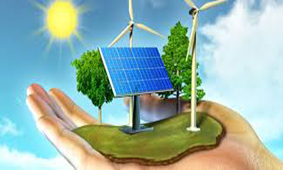
Latest data released by the Energy Ministry shows that Iran has produced over 4.4 billion kilowatt-hours of electricity from renewable sources since the bid to shift focus from fossil fuels to greener energies started in mid-2009.
This volume of clean energy was produced from July 2009 to late November 2019, which has cut the consumption of 1.25 billion cubic meters of fossil fuels. It has also saved 969 million liters of water.
Moreover, harnessing clean energy in the past nine years has helped the country curb the emission of about 3 million tons of greenhouse gases.
Renewable ventures are gaining popularity in the country; with more than 300 sunny days throughout the year, Iran has huge potential to expand solar energy infrastructure and attract foreign investments.
The country meets more than 80% of its electricity demand from thermal power plants that run on fossil fuels. Of the total 82,000 MW production capacity, only a meager amount of 680 MW goes to renewables.
Figures on Iran's power sector show that 42% of the country's renewable energies come from solar power, 41% from wind farms, 13% small from hydroelectric plants, 2% from heat recovery and 2% is constituted by biomass.
Earlier this month, Iran’s Ministry of Energy said that total power output from renewables in a period between March 21 and October 22, 2019 amounted to nearly 4.3 terawatt hours (TWh), saying the production led to a decrease of 2.974 million tons (megaton) in the greenhouse gas emissions that could have come through other forms of electricity generation.
Iran has a total renewables capacity of 834 megawatts, capable of producing 7.3 TWh of power each year, although actual output figures have matched around half of that capacity.
The share of renewables in total power output is only one percent although authorities have vowed that production capacity would meet a target of 4500 MW, or nearly 40 TWh a year, by 2021, when a current five-year economic development plan concludes.
Paven’s report said a total of 37 megawatt-size power plants were being constructed across Iran on top of 115 existing ones. It put the number of existing small and medium-sized renewables farms at 3,558, adding that another 2,350 would come on line in a near future.
Last month, Iran’s energy officials said the capacity for electricity production from the renewable sources would increase by five times to reach a target of 4,000 megawatts (MW) in the summer of 2021 when the current administrative government leaves office.
“The Ministry of Energy is determined to bring the output capacity of renewable energy to 4,000 MW by the end of the 12th administration,” Iranian Deputy Energy Minister Homayoun Haeri said.
He noted that the target would mean nearly a five-fold increase from Iran’s current output from renewables, which is 841 MW, or 7.3 terawatt hours (TWh) in energy consumption terms.
Haeri said Iran managed to use 500 MW of electricity generated from renewable sources over the peak months of summer when energy consumptions substantially increase across the country, especially in the arid regions in south and east.
The Iranian deputy energy minister said that the amount of solar energy hitting Iran is estimated to hit 1.3 petawatts (PW), equal to some 150,000 MW of generation capacity and nearly double the current capacity of output from all sources.
He said Iran has already introduced overpricing for renewables to encourage home and industry producers to feed more power to the grid.
In a relevant development, the Iranian government announced earlier that Iran would finalize a major contract for production of solar panels with a foreign company during an energy conference in Tehran.
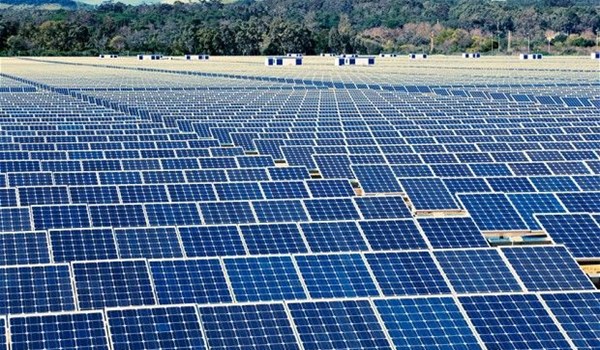


Trump weighs using $2 billion in CHIPS Act funding for critical minerals

Codelco cuts 2025 copper forecast after El Teniente mine collapse

Electra converts debt, launches $30M raise to jumpstart stalled cobalt refinery

Barrick’s Reko Diq in line for $410M ADB backing

Abcourt readies Sleeping Giant mill to pour first gold since 2014

Nevada army depot to serve as base for first US strategic minerals stockpile

SQM boosts lithium supply plans as prices flick higher

Viridis unveils 200Mt initial reserve for Brazil rare earth project

Tailings could meet much of US critical mineral demand – study
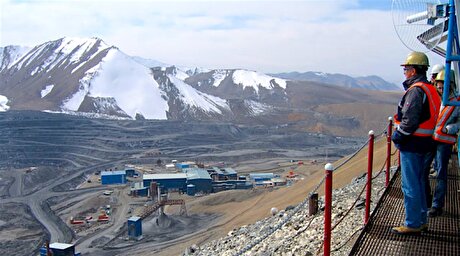
Kyrgyzstan kicks off underground gold mining at Kumtor
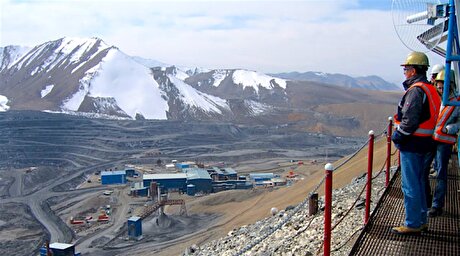
Kyrgyzstan kicks off underground gold mining at Kumtor

KoBold Metals granted lithium exploration rights in Congo

Freeport Indonesia to wrap up Gresik plant repairs by early September

Energy Fuels soars on Vulcan Elements partnership
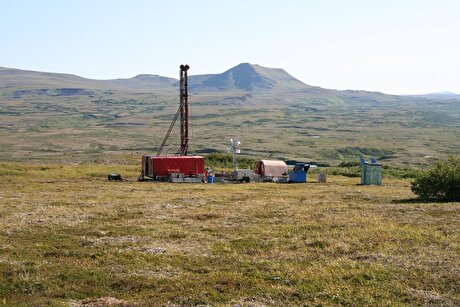
Northern Dynasty sticks to proposal in battle to lift Pebble mine veto

Giustra-backed mining firm teams up with informal miners in Colombia

Critical Metals signs agreement to supply rare earth to US government-funded facility

China extends rare earth controls to imported material
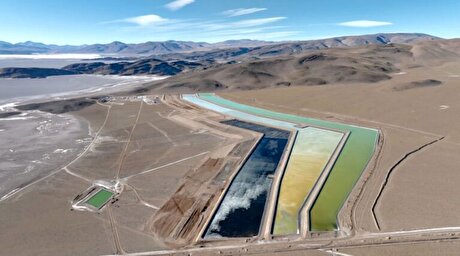
Galan Lithium proceeds with $13M financing for Argentina project

Kyrgyzstan kicks off underground gold mining at Kumtor

Freeport Indonesia to wrap up Gresik plant repairs by early September

Energy Fuels soars on Vulcan Elements partnership

Northern Dynasty sticks to proposal in battle to lift Pebble mine veto

Giustra-backed mining firm teams up with informal miners in Colombia

Critical Metals signs agreement to supply rare earth to US government-funded facility

China extends rare earth controls to imported material

Galan Lithium proceeds with $13M financing for Argentina project

Silver price touches $39 as market weighs rate cut outlook

















